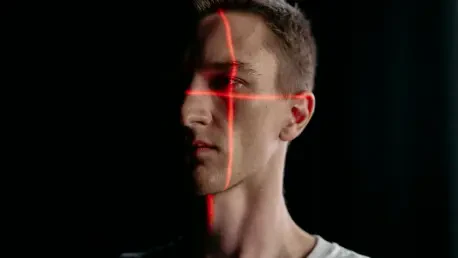
In the vibrant streets of New Orleans, a city renowned for its rich cultural tapestry and resilient spirit, a quiet but profound debate is unfolding over the use of live facial recognition technology. This cutting-edge tool, proposed for city-wide implementation, promises enhanced safety through

In a chilling incident that unfolded on the streets of Cardiff, Wales, a routine transaction at a local convenience store spiraled into a violent attack, leaving a shopkeeper fighting for life. This case not only highlights the dangers of knife crime but also showcases the remarkable power of

In a tragic incident that shook downtown Chicago, the brutal stabbing of Anat Kimchi, a 31-year-old University of Maryland graduate student, has led to a complex legal battle involving Tony Robinson, a 45-year-old man accused of her unprovoked killing, raising critical questions about justice and

In the unassuming corridors of Princeton University, a quiet revolution in artificial intelligence (AI) took root nearly two decades ago, driven by a profound curiosity about the intricacies of the human mind and how it processes information. Back in 2007, two remarkable thinkers, Fei-Fei Li, a

Manchester stands at a critical juncture as the Greater Manchester Police (GMP) introduces Live Facial Recognition (LFR) technology in public spaces, beginning with a pilot in Sale town center, sparking intense debate over security versus privacy. This innovative system, deployed through mobile

In an era where digital content serves as a powerful tool for self-expression and yet remains a potential target for misuse, a major platform has taken a significant step to safeguard its users by introducing innovative protective measures. Imagine a world where a creator’s face or voice could be